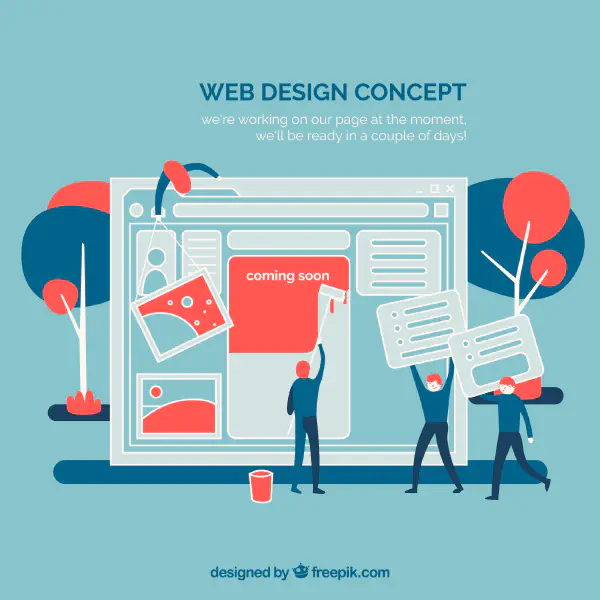Placeholder text plays a vital role in web and graphic design, providing temporary content that holds designated spaces until the actual content is provided.
Whether you’re filling out a form online or working on a graphic design layout, you’ve likely encountered placeholder text.
Let’s explore the concept of placeholder text, its purpose, and how it is used in different contexts.

The Concept of Placeholder Text
Placeholder text, also known as dummy text or filler text, refers to temporary content that occupies a specific space until the actual content is available.
It is commonly used to indicate the type of information expected in a particular field or section. Placeholder text helps designers and developers visualize the layout and structure of a design while awaiting the final content.
Purpose and Benefits of Placeholder Text
The primary purpose of using placeholder text is to provide users with a visual cue and context about the expected content. By displaying placeholder text in input fields or sections, users can understand what type of information is required. It helps prevent confusion and ensures users provide the appropriate data.
Furthermore, placeholder text offers several benefits in design processes. It enhances user experience by correctly guiding users in filling out forms, reducing errors, and improving efficiency.
Additionally, placeholder text aids in creating visually appealing designs by maintaining the balance and layout until the final content is available.
Placeholder Text in Web Design
In web design, placeholder text is commonly used in input fields, search bars, and comment boxes. Providing an example or brief description assists users in understanding the expected format and length of their input. For instance, a date input field might display “dd/mm/yyyy” as a placeholder to indicate the desired date format.
An effective placeholder text in web design should be concise, clear, and visually distinguishable from user input.
It’s essential to balance providing helpful information and not overwhelming users with excessive text.
Placeholder Text in Graphic Design
In graphic design, placeholder text visualizes the layout and structure of designs. It helps designers determine the placement of text elements, such as headings, paragraphs, and captions.
By using placeholder text, designers can assess the overall composition and ensure the design remains consistent, even before the final content is inserted.
Graphic designers often use placeholder text in wireframes, prototypes, and mock-ups to demonstrate the intended content hierarchy and flow. It allows stakeholders to review and provide feedback on the design before the actual content is added.
Common Mistakes and Best Practices
While placeholder text is a valuable tool, there are common mistakes that designers should avoid. One such mistake is using generic or irrelevant placeholder text that doesn’t provide meaningful context to users.
Placeholder text should align with the expected content and assist users in understanding what information is required.
To create effective placeholder text, consider the target audience and the purpose of the input field or design element. Use clear language and relevant examples that guide users and enhance their understanding.
Placeholder Text in On-Site Search
One such area of advancement is the integration of on-site search functionality. On-site search has become a crucial feature for websites and applications, allowing users to find specific information quickly.
Placeholder text can be strategically employed within search bars, providing users with suggestions or example queries that assist them in formulating accurate and specific search terms.
For instance, in one of LupaSearch’s success cases - Shipzee - a placeholder text encourages users to type in their query by suggesting the type of products they can find here:

As a result, introducing a user-relevant search caused Shipzee’s conversion rates to grow by 39%.
By leveraging the power of placeholder text in on-site search, you can improve search usability and help users discover personally relevant content with ease.
Furthermore, as voice search and natural language processing gain traction, the role of placeholder text in on-site search may expand further. Placeholder text could provide prompts or offer voice command examples to guide users in interacting with voice-based search interfaces effectively.
Conclusion
In conclusion, placeholder text is a pivotal web design tool, especially in enhancing user experiences in on-site search functions.
Alongside this, consider the potential of LupaSearch, an innovative search engine, in elevating your e-commerce success.
For a deeper insight into how LupaSearch can integrate with your design needs, particularly in leveraging placeholder text, we invite you to a live demonstration.
Our experts are ready to guide you through the advanced capabilities of LupaSearch, showing how it can synergize with placeholder text for a more intuitive and user-friendly search experience on your website or application.
Contact us for a personalized exploration of these transformative design solutions.